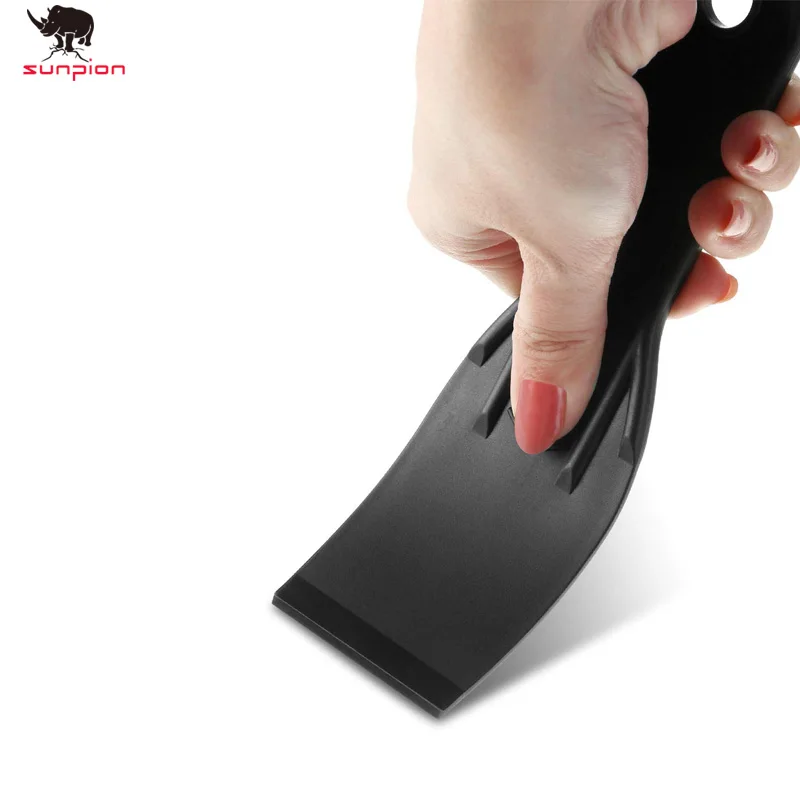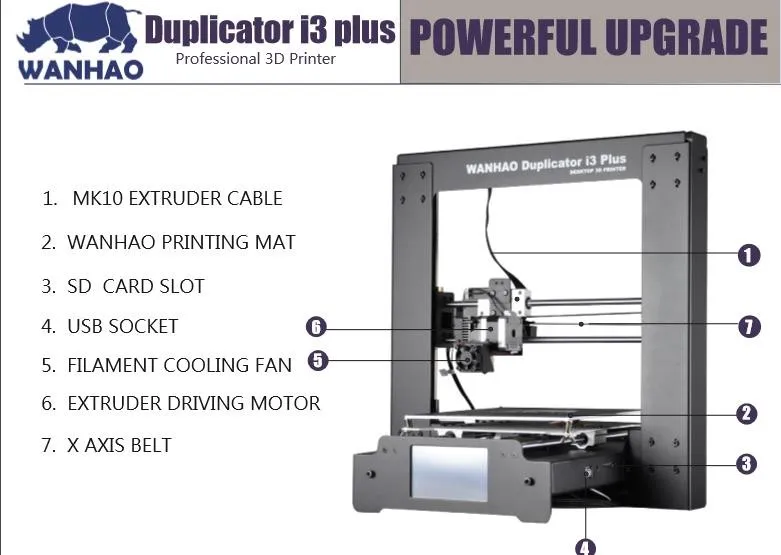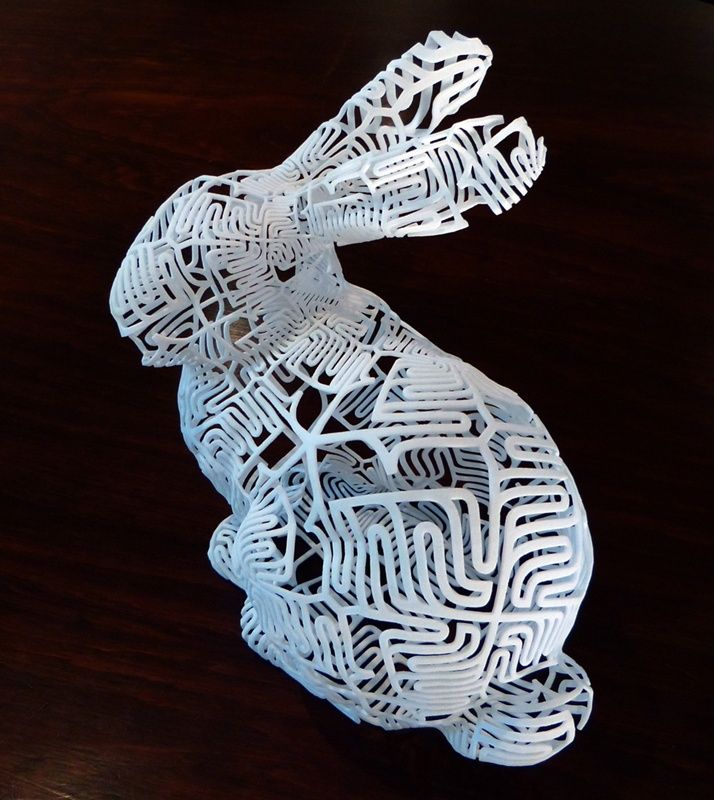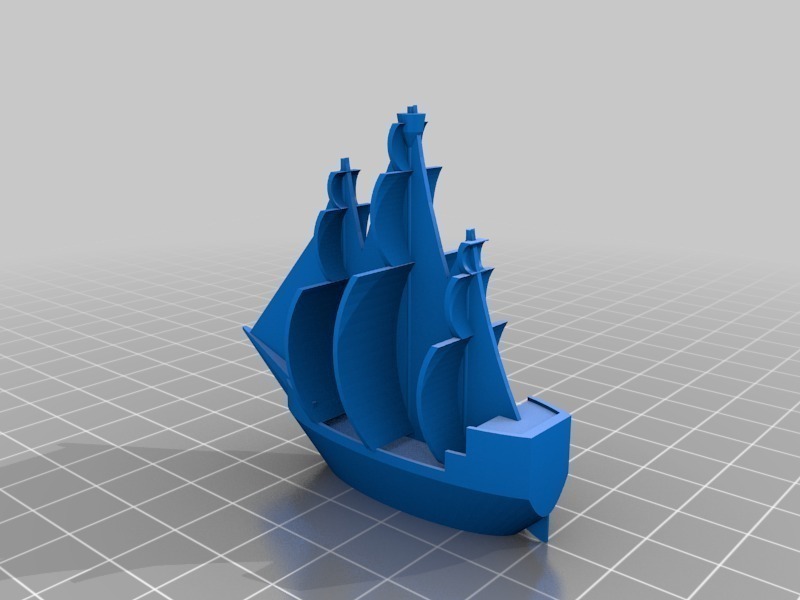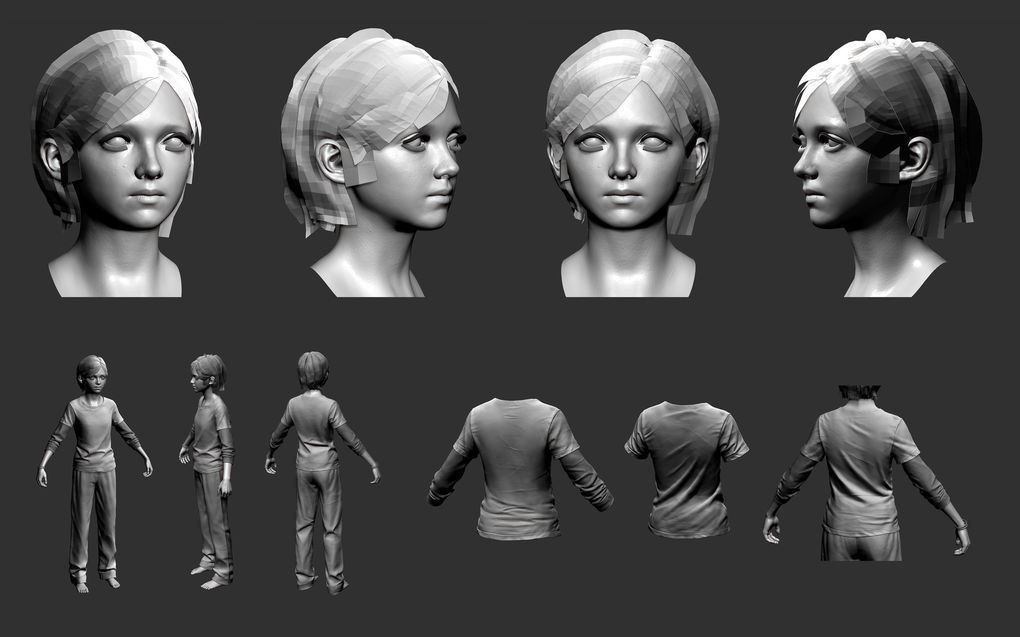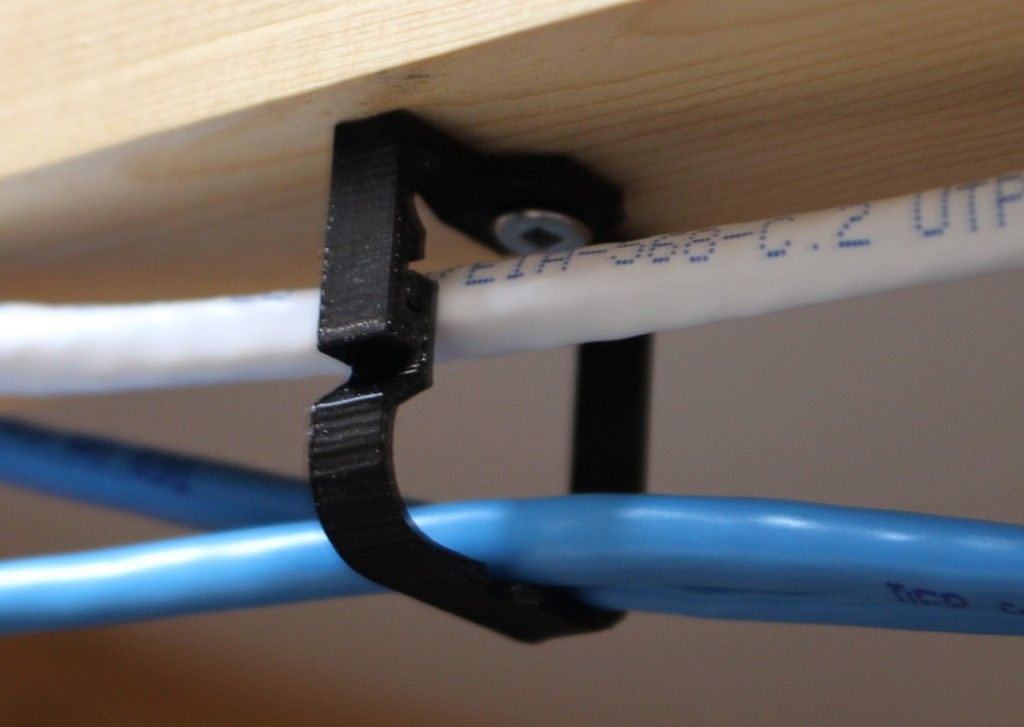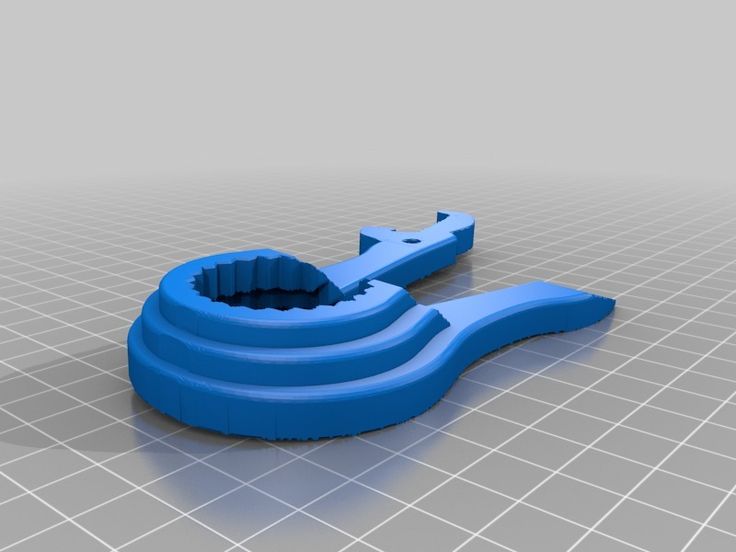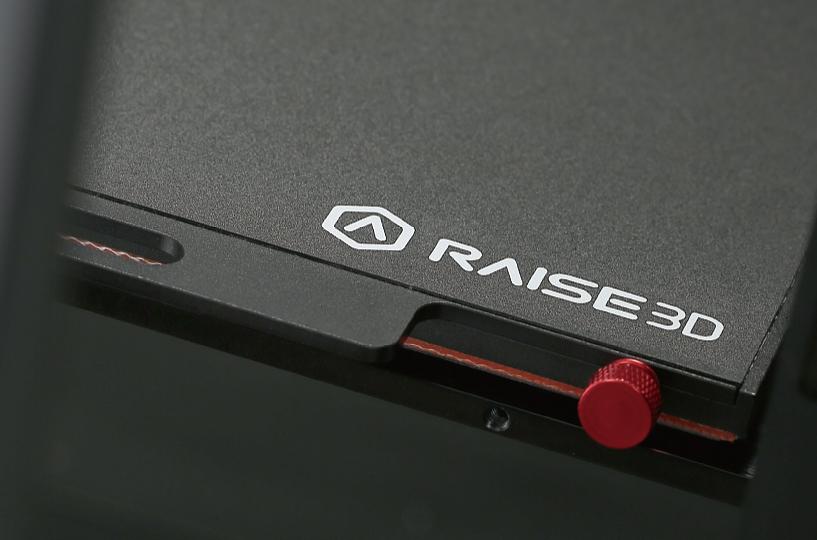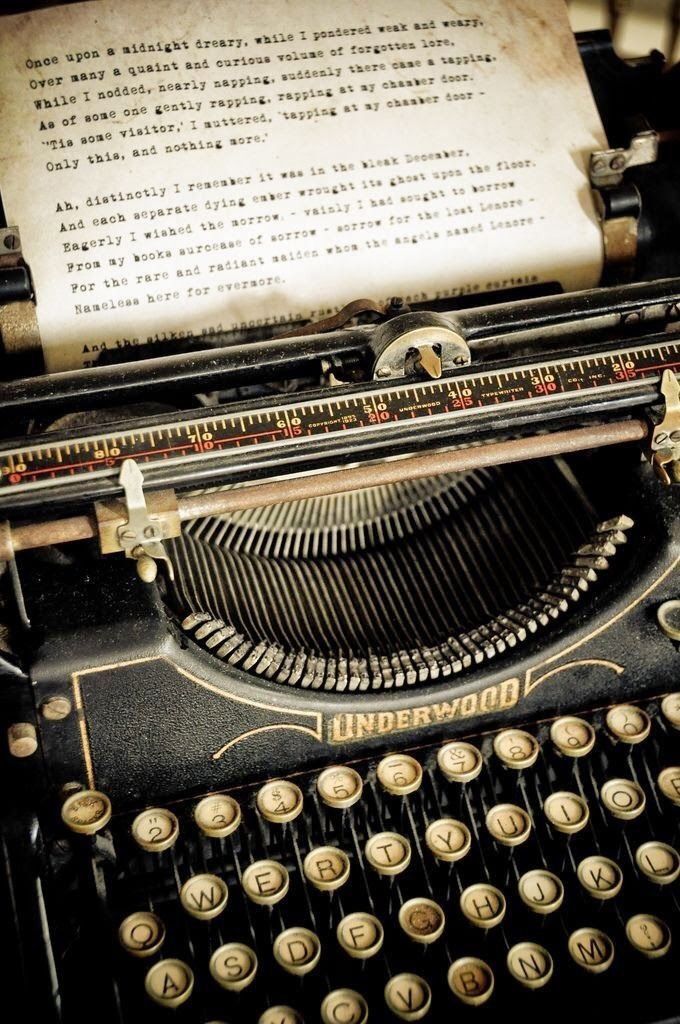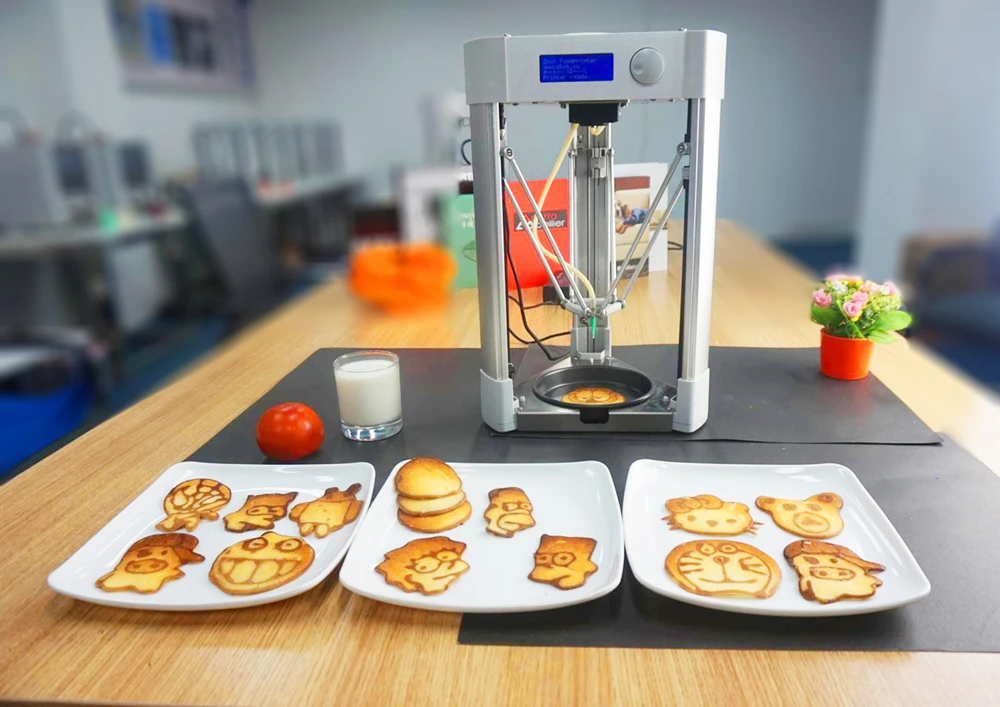3D resin printer accessories
15 must-have 3D printing accessories for use with resin printers
Resin printers are becoming cheaper and more accessible. The best 3D printers like the Anycubic Photon and the Elegoo Mars are driving the cost of resin printing down like never before. However, resin printing is a lot more complicated than FDM printing, so there are a lot of different accessories you might need. Some of them will be to make your life easier, some will be to make you safer, and all of them are helpful for you to start your journey. Here are 15 of the best accessories for your resin printer.
Pickle container/model bath
Made for cleaning
This little pickle container has a strainer perfect for cleaning your smaller models. Just fill the container with isopropyl alcohol and put your model in the strainer. You can then use the strainer to lift it out of the bath when it's ready.
Nitrile disposable gloves
Safety first
You don't want to get resin on your skin. Nitrile gloves are the most critical thing on this list, and having a good supply will save you from some severe chemical burns. Resin printing is a lot of fun and rewarding, but be safe.
BuildTak 3D print removal tool
Print removal
Removing the print from the build plate to your resin bath is essential without damaging it. This extra-wide knife allows you to get the model without stressing it, and the 90-degree angle from the blade to the handle helps spread pressure evenly.
DDSKY 2-pack strong suction cup handles
Easy lifting
Resin printers often have lift-off acrylic covers that become dirty. This 2-pack of suction cup handles helps you remove the lid. One is clean for when you don't have resin on your hands, and one is dirty for when you do.
Plastic putty knife
When things go wrong
Not every print is successful. Sometimes your print doesn't stay on the print bed, and you need to remove it from your FEP sheet in the vat. Using a metal scraper will immediately ruin the FEP, so use one of these plastic scrapers instead.
Sometimes your print doesn't stay on the print bed, and you need to remove it from your FEP sheet in the vat. Using a metal scraper will immediately ruin the FEP, so use one of these plastic scrapers instead.
Extra soft bristle toothbrush
Not for your teeth!
When you have detailed prints, you need to get rid of the excess resin from all the lines. These ultra soft-bristled toothbrushes work excellently, but you need to be as gentle as possible. If you scrub at them too hard, you could damage the print.
50 micron paint strainers
Strain away the bad
You often have to change resins when 3D printing, and it's essential not to get any cured resin mixed in. These nylon filters are perfect for filtering resin, and a 50-pack should keep you going for a while.
Anycubic Wash and Cure V2
Clean solution
The Wash and Cure Box from Anycubic is cheap and, frankly, excellent for finishing the resin printing process, and you would be doing yourself a disservice by not owning one. It washes and cures your prints all in one handy machine.
It washes and cures your prints all in one handy machine.
FEP film
Don't skimp
All 3D-printing parts break at some point. Be prepared for the worst, and keep a spare FEP film handy or, in this case, six. A good quality film will last a long while in most DLP printers.
Home air purifier
Breathe free
While resin printing isn't carcinogenic, it is smelly. Always use resin 3D printers in a well-ventilated room, but having an air purifier certainly doesn't hurt. It clears irritants out of the air and works on any mold or smoke from your workshop.
UV curing light
Hard light
The last step in finishing a resin print is curing, done in bright sunlight or using a UV lamp. With some elbow grease, this powerful lamp can make a cool UV curing station.
Safety glasses
Eye protection
You only get one set of eyes.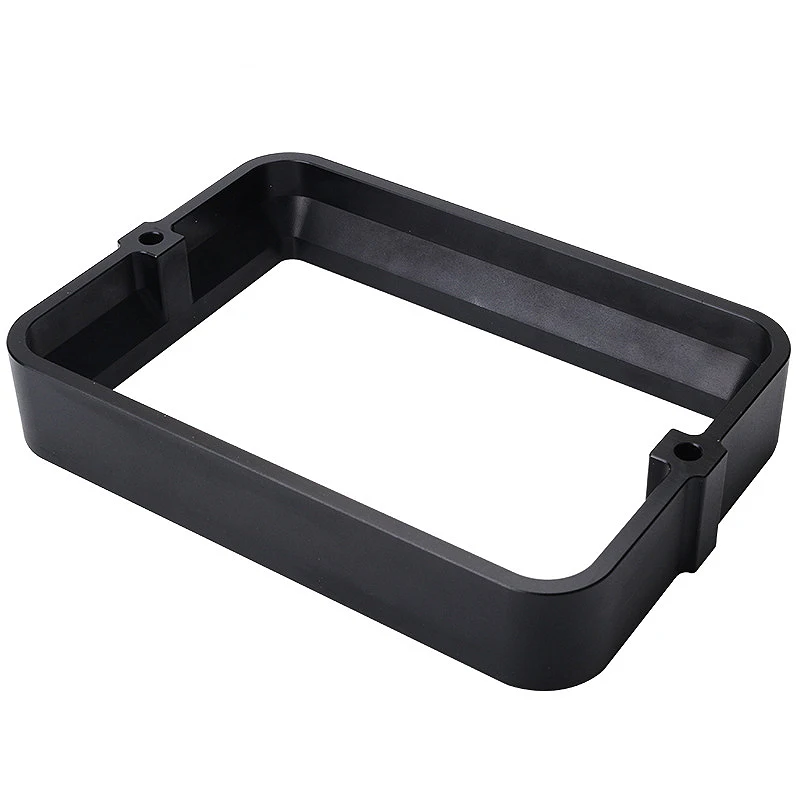 Even at relatively low levels of intense UV, continued exposure can be harmful. Besides, you don't want resin in or near your eyes either.
Even at relatively low levels of intense UV, continued exposure can be harmful. Besides, you don't want resin in or near your eyes either.
Dual cartridge respirator
Breathe easy
It might look a little much, but resin gives off noxious fumes. If you don't have a great ventilation system, then a respirator is essential. If you're planning on spray-painting your prints, you'll want one of these anyway. With replaceable filters, this half mask will last you years.
Ultrasonic cleaner
Easy clean
This ultrasonic cleaner, an alternative to the pickle jar, is perfect for automatically cleaning your prints. All you need is a bagged print with isopropyl alcohol with the timer set for three to five minutes. This one even has a handy basket for easy removal.
99% Isopropyl Alcohol
Cleaning only
Cleaning resin can be messy.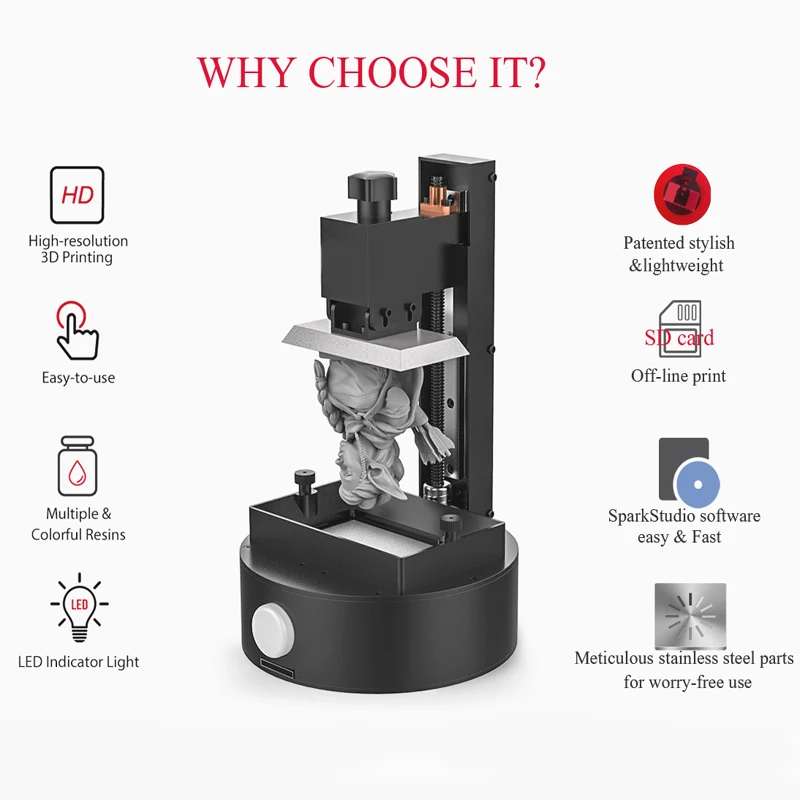
Why you can trust Windows Central Our expert reviewers spend hours testing and comparing products and services so you can choose the best for you. Find out more about how we test.
To properly enjoy resin 3D printing, we must be careful and respect the tools. While there are fewer toxic resins available (even some that you can wash in a bucket of water), the fact is that in their uncured state, these photopolymer resins are more dangerous than the thermoplastic filaments used in FDM/FFF printing.
Check our roundup of the best resin for SLA/DLP 3D printers for advice on which brand to choose. The nitrile gloves are an absolute must if you want to handle resin in its liquid form or just after it has been printed. You want to be wearing safety glasses as well.
Nitrile is less irritating to the skin, and unlike latex and vinyl, far fewer people have adverse effects from wearing these. On a lighter note, the 3D printing community found the little pickle strainer for cleaning, and it's perfect.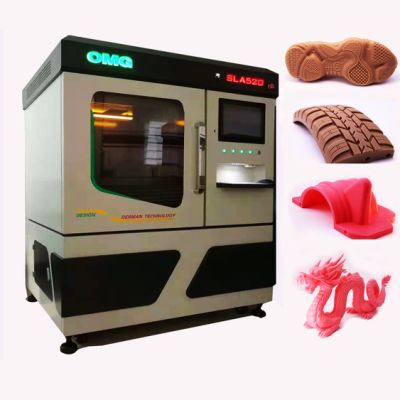 Some suggestions might not seem so critical at first glance, but they'll prove their worth quickly enough when used with a superb resin printer like the Anycubic Photon.
Some suggestions might not seem so critical at first glance, but they'll prove their worth quickly enough when used with a superb resin printer like the Anycubic Photon.
James built his first PC when he was 13 and has never looked back. He can be found on Windows Central, usually in the corner where all the 3D printers are, or huddled around the Xbox playing the latest games.
23 Essential Resin 3D Printing Accessories – Clever Creations
FAQ
Do I need a mask for a resin printer?
It is highly recommended that you use some sort of respirator when working with a resin 3D printer. These printers work by curing photopolymer resin with ultraviolet light, and the fumes given off by the resin can be very dangerous to your health. Inhaling these fumes can cause serious respiratory problems, so it’s best to err on the side of caution and use a mask or respirator whenever you’re working with your resin printer.
How toxic are resin printers?
3D printers that use resins can release harmful emissions if not used correctly, so it’s important to be aware of the potential dangers before you decide to purchase one.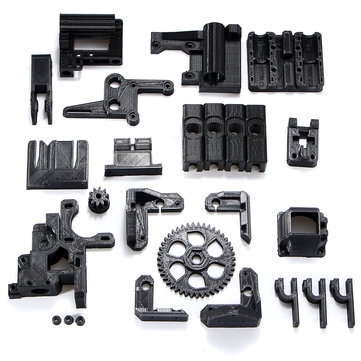 printer. However, when used correctly and with the proper ventilation, most 3D resin printers are safe.
printer. However, when used correctly and with the proper ventilation, most 3D resin printers are safe.
What do you use to clean resin prints?
There are a few different ways that you can clean your resin prints. One way is to use isopropyl alcohol, which you can find at most pharmacies or online. You can also use hot water and dish soap, although this may take longer to dissolve the resin. Whichever method you choose, be sure to rinse your prints thoroughly afterward to remove any residue.
What do you do with resin after printing?
After you’re done printing with resin, you need to put it back in the bottle so you can reuse it next time. This is important because it ensures that your resin doesn’t dry out or become unusable. You also need to be sure to store your resin in a cool, dark place so it doesn’t deteriorate.
What resin should I buy for 3D printing?
It depends on your application. There are many different resins available on the market, so it’s important to do your research before making a purchase.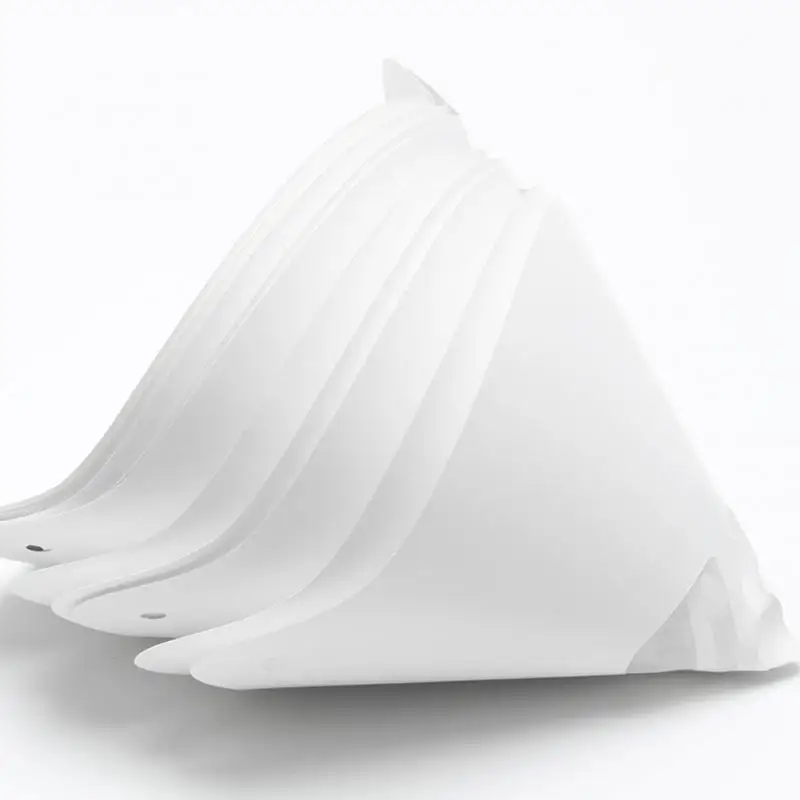 Make sure to read the product specifications carefully and ask the manufacturer questions if you’re not sure which resin is right for your needs.
Make sure to read the product specifications carefully and ask the manufacturer questions if you’re not sure which resin is right for your needs.
Alternatively, you can look at our article with the best 3D printer resins to see what are the best options out there.
Do you need to wash and cure resin prints?
Yes, you need to wash and cure resin prints. Washing removes the uncured resin from the print, and curing hardens the resin and makes it more durable.
Do resin 3D printers use supports?
Yes, resin 3D printers use supports. Supports are structures that are generated by the 3D printer to hold up overhanging or delicate parts of a printed object until the print is complete. They are typically made from the same resin as the object being printed and are removed after printing is complete.
Are resin 3D prints fragile?
While resin 3D prints can be very precise and detailed, they can also be quite fragile. This is because the UV curing process leaves the resin prints prone to brittleness.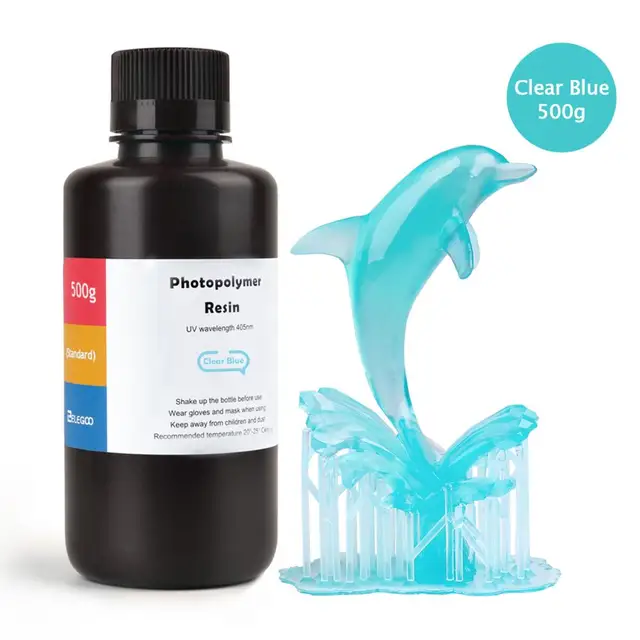 In addition, the thin layers used in resin 3D printing can make the finished prints delicate. However, there are ways to reinforce resin 3D prints and make them more durable.
In addition, the thin layers used in resin 3D printing can make the finished prints delicate. However, there are ways to reinforce resin 3D prints and make them more durable.
Where should I put my resin 3D printer?
It’s always best to consult your 3D printer’s specific documentation for the optimal placement of your machine. However, in general, it is advisable to keep your resin 3D printer in a well-ventilated area with ample lighting. Exposure to direct sunlight should be avoided as this can affect the printing process.
Additionally, the temperature of the area where the printer will be placed should be controlled to ensure that the resin does not become too hot or too cold, as this can also impact the printing process. By following these simple tips, you can help ensure that your resin 3D prints come out looking their best!
Is SLA easier than FDM?
There are pros and cons to both SLA and FDM 3D printing technologies. SLA 3D printers are typically more expensive, but they produce higher quality prints with a finer level of detail.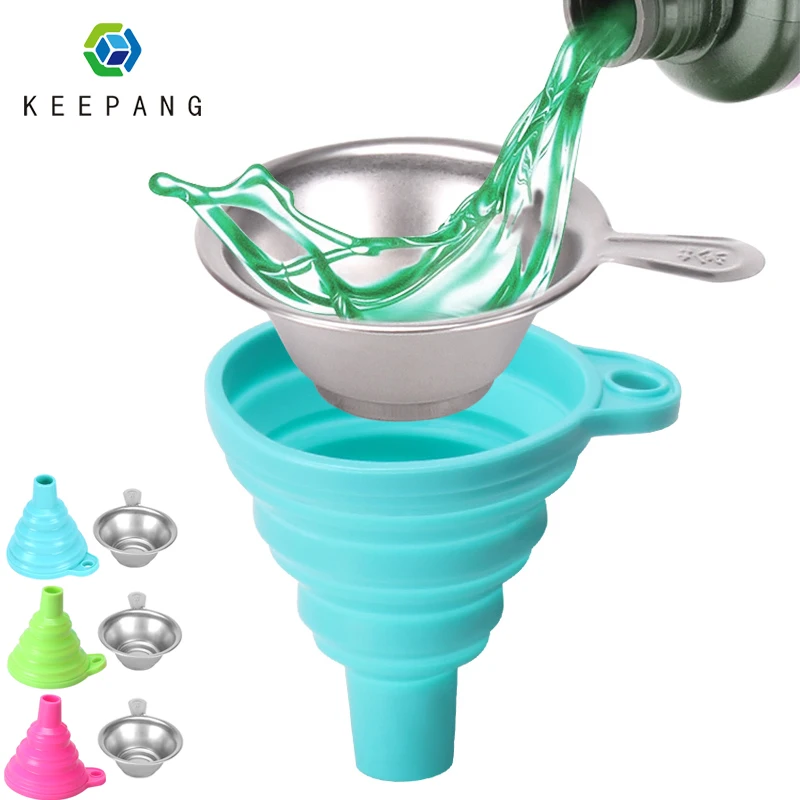 FDM 3D printers are generally less expensive, but the prints can have a rougher surface finish.
FDM 3D printers are generally less expensive, but the prints can have a rougher surface finish.
Both technologies have their strengths and weaknesses, so it ultimately comes down to what you need the printer for and what your budget is. If details are important to you, go with a 4K+ resin 3D printer. If affordability is a priority, go with an FDM printer.
Is DLP the same as SLA?
DLP printing and SLA printing are two different methods of 3D printing. DLP, or digital light processing, uses a projector to cure photopolymer resin into solid objects. SLA, or stereolithography, uses lasers to draw and cure layers of photopolymer resin. Both types of printers can produce high-quality prints, but DLP printers are typically faster and more affordable.
What accessories are needed for resin 3D printing?
If you’re looking to get started in 3D printing with resin, there are a few essential accessories you’ll need to pick up. First, nitrile gloves are a must-have. Resin can be tough on the skin, so you’ll want to protect your hands while working.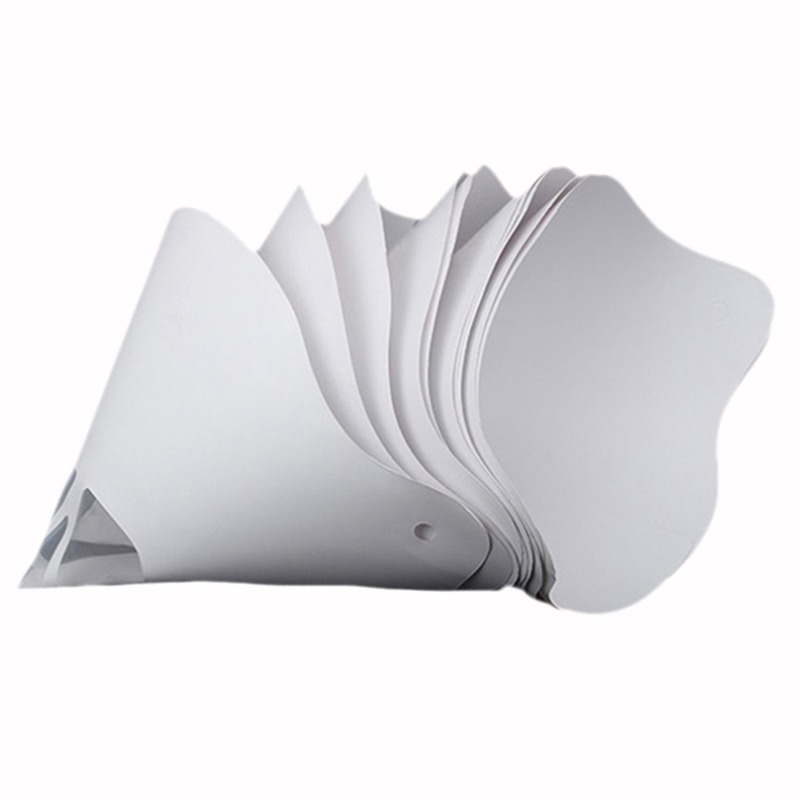
Second, a respirator mask is a good idea. Resin fumes can be harmful, so it’s best to err on the side of safety and wear a mask while 3D printing.
Finally, you’ll need a wash and cure station. This setup is used to clean and cure your 3D prints, and it’s an essential part of the process. With these supplies in hand, you’re well on your way to getting started with resin 3D printing.
Conclusion
Resin 3D printing is an enjoyable and exciting hobby, assuming you know how to navigate your way through it. The tools and accessories in this list aid you in getting the best experience and results while minimizing your efforts as much as possible.
For example, nitrile gloves and the respirator mask saves you from the negative side effects of resin printing. The flexplate is designed to ease the process of print removal. The wash and cure station takes care of a large portion of your post-processing needs. The silicone funnel in combination with a paint strainer helps you to pour the resin without any spills.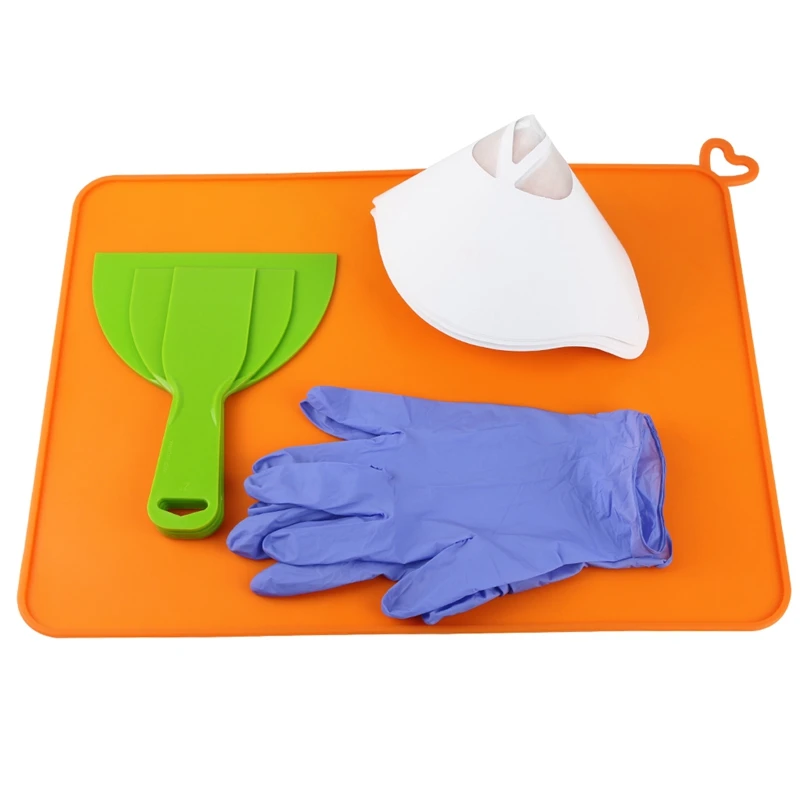
Let us know which of these accessories you’re using and which of the tools were new to you. Comment your experiences with resin printing below, and if there’s anything else, feel free to ask us.
Techno Print 3D Company
This is our first review of the most popular and inexpensive 3D printers for 2020. The list will include the best-selling devices in two price ranges (up to 30 tr and up to 60 tr). Printers working with both plastic filament (FDM) and photopolymers (LCD/DLP) will be presented. This list will always be up to date, as it is periodically updated and supplemented. Read more→
The Chinese company Dazz3D announces the launch of the project on KickStarter and accepts pre-orders for Dazz3D Basic and Dazz3D Pro 3D printers. These revolutionary new devices are aimed at both the professional and amateur markets. Read more→
We all know that precise calibration of the 3D printer desktop is the foundation and the key to successful printing on any FDM printer. In this article we will talk about the main and most popular ways to level the "bed". So, as mentioned above, 3D printing without desktop calibration is impossible. We face this process Read more→
In this article we will talk about the main and most popular ways to level the "bed". So, as mentioned above, 3D printing without desktop calibration is impossible. We face this process Read more→
It's hard to go through a day today without hearing about 3D printing technology, which is bursting into our lives at an incredible speed. More and more people around the world are becoming addicted to 3D printing technology as it becomes more accessible and cheaper every day. Now almost anyone can afford to buy a 3D printer, and with the help of Read more→
The FormLabs Form 2 and Ultimaker 3 are perhaps the most popular 3D printers today, capable of high quality printing with incredible surface detail. Moreover, these two devices use completely different technologies, and therefore, there are a lot of differences between them. Many will say that it is wrong to compare them or Read more→
XYZprinting, best known for its daVinci line of desktop 3D printers, is bringing five new devices to the professional and industrial environment. One will use laser sintering technology, the second full color inkjet printing and three DLP machines. First of all, the novelties will be of interest to dentists and jewelers. Read more→
One will use laser sintering technology, the second full color inkjet printing and three DLP machines. First of all, the novelties will be of interest to dentists and jewelers. Read more→
Cleaning the nozzle of a 3D printer is a fairly common process that any user of such a device has to deal with. This is not at all a complicated procedure that anyone can handle. You can complete this task in 15 minutes, using only handy tools and accessories. Read more→
Acetone steam polishing of ABS plastic is a process for smoothing the surface of 3D printed models. The result of this treatment makes your printed products look as if they were made by a professional mold casting method. If you want to understand how this is done correctly, then read this article. Aceto Read more→
16 must-have 3D printing accessories for resin printers
Resin printers are becoming cheaper and more affordable, and 3D printers such as the Anycubic Photon and Elegoo MARS are lowering the cost of resin printing like never before.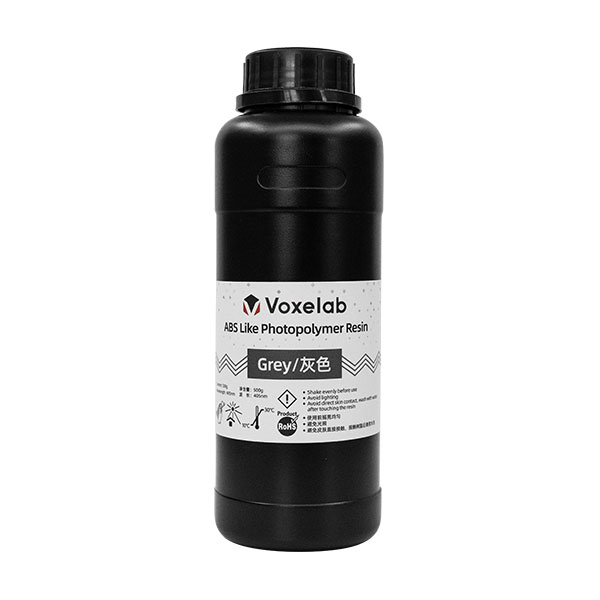 However, resin printing is much more complex than FDM printing, so you may need many different accessories. Some of them will make your life easier, others will make you safer, and all of them will help you start your journey. Here are 16 of the best accessories for your resin printer.
However, resin printing is much more complex than FDM printing, so you may need many different accessories. Some of them will make your life easier, others will make you safer, and all of them will help you start your journey. Here are 16 of the best accessories for your resin printer.
- Made for cleaning: pickle container / bath model
- Safety first: black nitrile gloves
- Stamp Removal: BuildTak 3D Stamp Removal Tool
- Spill Absorbent: Amazon Pantry Paper Towel
- For cleaning do not drink: 91% isopropyl alcohol (6 packs)
- When things go wrong: plastic spatula
- Not for teeth!: soft bristled toothbrush
- Get rid of the bad: 100 micron paint sieves
- Permanent filter: tea strainer
- Don't Save: Film FEP
- Hard light: UV light
- Don't go blind: goggles
Recruitment
Thanks to the amazing 3D printing community, we have this gem.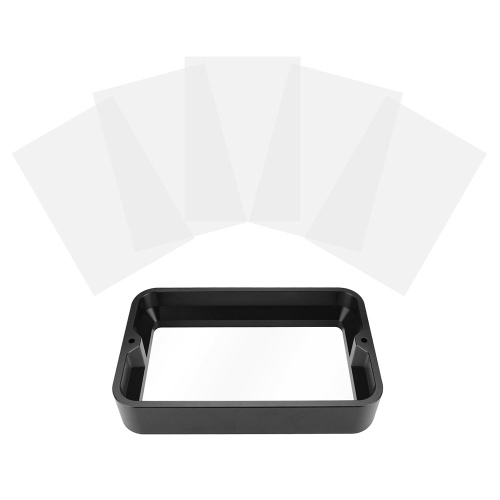 This small salt container has a strainer that is perfect for cleaning your models. Simply fill the container with isopropyl alcohol and place your model in the filter. You can then use the filter to pull it out of the tub when it's ready.
This small salt container has a strainer that is perfect for cleaning your models. Simply fill the container with isopropyl alcohol and place your model in the filter. You can then use the filter to pull it out of the tub when it's ready.
$14 at Amazon
Security Choice
It might seem odd to have something like gloves as one of your leading picks, but trust me; You don't want to put resin on your skin. Nitrile gloves are the single most important item on this list, and a good supply will save you some serious chemical burns. Resin printing is fun and rewarding, but I had a bad reaction just from getting splattered on me. Be safe.
- $10 at Amazon
- $11 at Walmart
It's basically just a pallet knife or paint scraper, but it's important to remove the imprint from the build plate onto the resin bath without damaging it. I like to use this extra wide knife which allows me to get the maximum purchase of a model without stressing it out.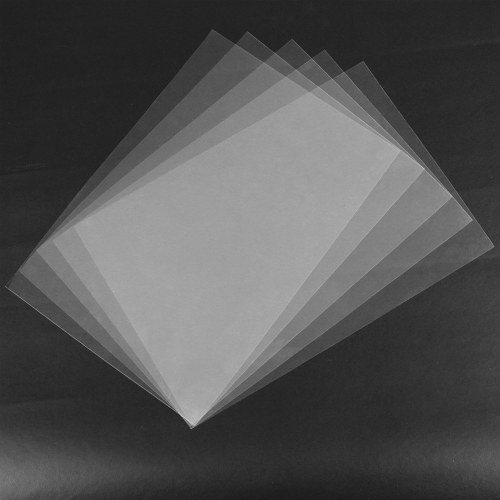
- $23 at Amazon
- $20 at Matterhackers
I have yet to find a better cleaning material than paper towel for cleaning resin and you will need a good supply as resin is dirty and stains if you don't clean it quickly. The paper towels you find in pharmacies aren't as absorbent, and the resin doesn't wipe off as well.
$10 at Amazon
Cleaning resin can be dirty. After you have printed the model and before it is fully cured, you should wash it in an isopropyl alcohol bath. This removes excess resin so your model looks really good. You will be using quite a lot, so keep it handy and keep it safe.
$19 at Amazon
Not every print is a winner. Sometimes your print doesn't stay on the print platform and you need to remove it from the FEP sheet in the bath. Using a metal scraper will ruin the FEP almost immediately, so use a plastic scraper instead.
- $7 at Amazon
- $5 at Walmart
Once you have detailed prints, you need to get rid of excess resin from all lines.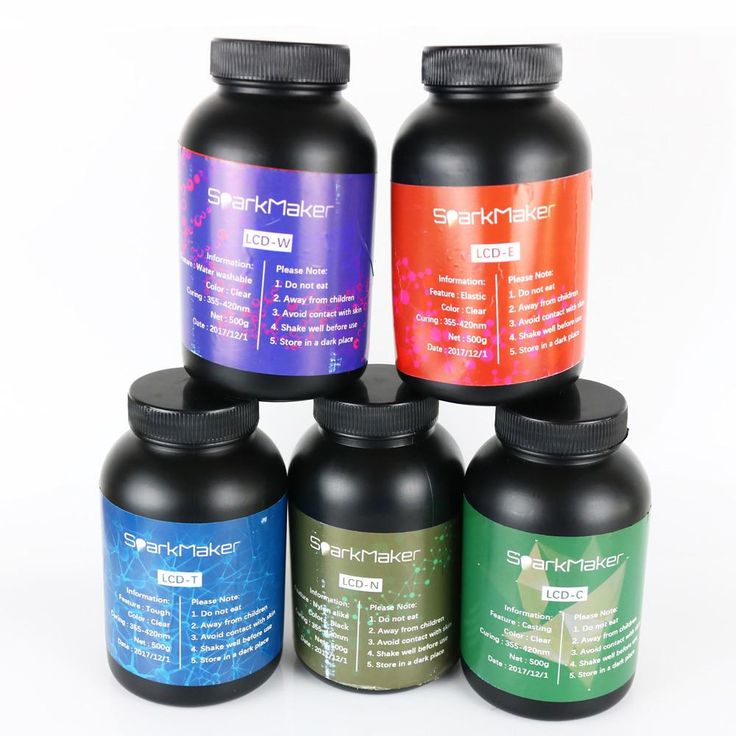 Using these soft bristled toothbrushes works great, but you have to be as gentle as possible. If you scrub too hard, you may damage the print.
Using these soft bristled toothbrushes works great, but you have to be as gentle as possible. If you scrub too hard, you may damage the print.
- $13 at Amazon
- $11 at Walmart
You often need to change resin when 3D printing, and it is very important that no cured resin is added to it. These nylon filters are perfect for resin filtration and the included funnel is a godsend.
- $13 at Amazon
- $9 at Walmart
If you don't like the idea of disposable filters, you can always use these metal tea strainers. Remember that you need to wash them with hot soapy water after each use. Otherwise, the resin will harden on them and render them useless.
- $9 at Amazon
- $8 at Walmart
All 3D printing parts break at some point. Be prepared for the worst and keep a spare FEP film handy. It's not the cheapest option, but it's good quality and lasts a long time in most DLP printers.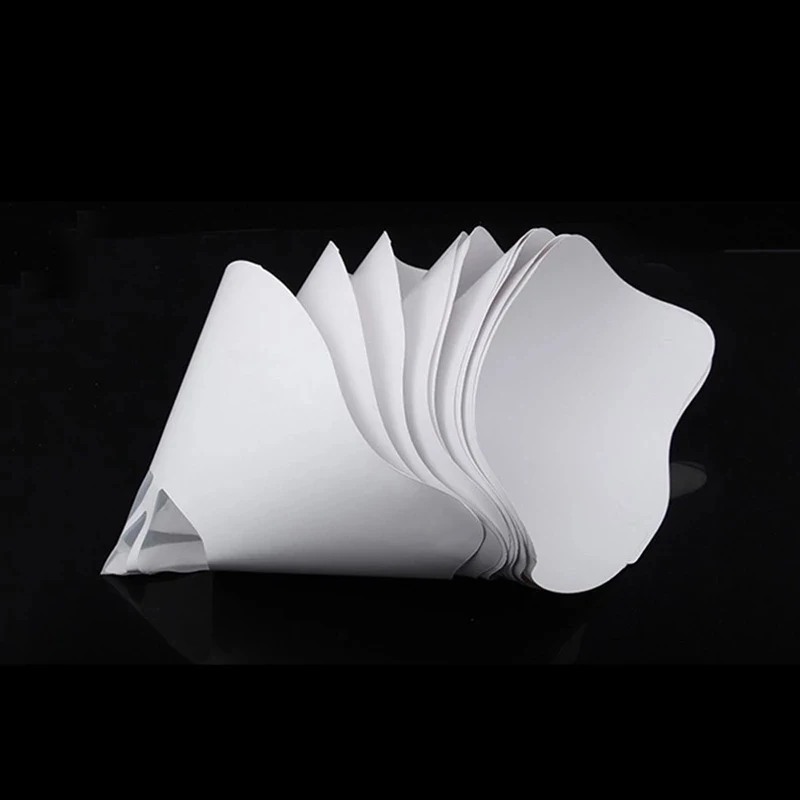
$19 at Amazon
The final step in completing the resin printing is curing, which is done in bright sunlight or using a UV lamp. This lamp is powerful and can be used to create a cool UV curing station with a little elbow grease.
- $21 at Amazon
- $45 at Matterhackers
Just last week I didn't wear glasses. Some resin mixed with alcohol splashed on my eyelid. I had a red chemical burn there for four days. This stuff is not a joke of people; Wear all the protection you can.
- $9 at Amazon
- $9 at Walmart
It may seem like overkill, but the resin gives off harmful fumes. If you don't have a great ventilation system, then a respirator is essential. If you're planning on spray painting your prints, you'll still want one of these.
$20 at Amazon
This ultrasonic jewelry cleaner is an alternative to a pickle jar and is ideal for automatic cleaning of prints. All you have to do is insert your fingerprint, add isopropyl alcohol, then set the timer for 3-5 minutes and leave.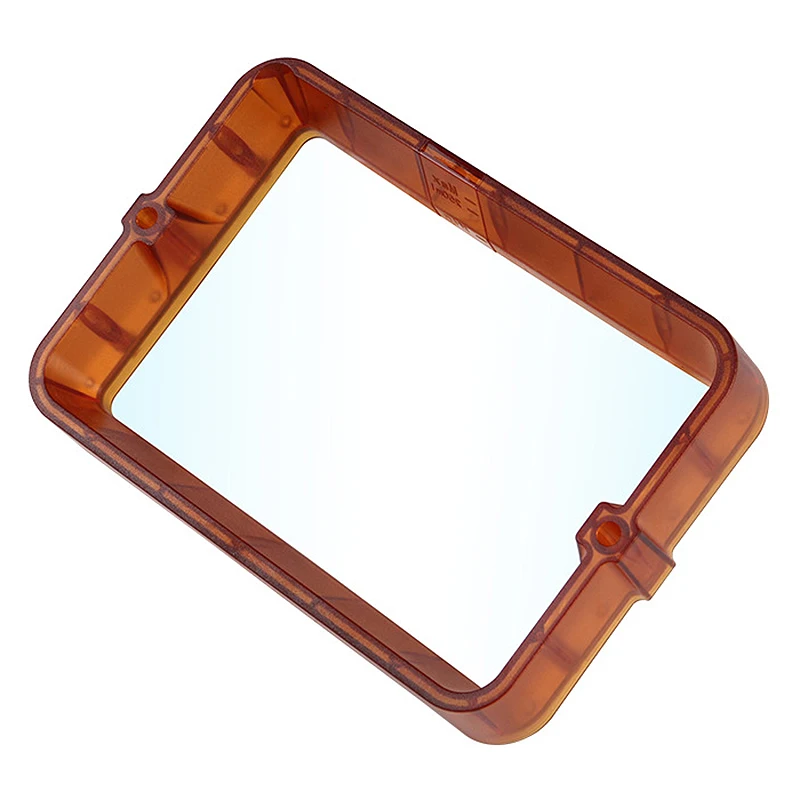 The cleaner will do the rest. It even has a handy trash can for easy removal.
The cleaner will do the rest. It even has a handy trash can for easy removal.
- $48 at Amazon
- $63 at Walmart
Usually these little players are designed to showcase beautiful things. Luckily, they also work to treat fingerprints. If you place your print on a turntable and then use a UV light, the model will rotate, allowing for even curing from all sides.
$9 at Amazon
Although resin printing is not carcinogenic, it can be smelly and the fumes can irritate your eyes and nose. You should always use resin 3D printers in a well-ventilated area, but having an air purifier certainly can't hurt. This will remove any significant irritants from the air. This works on any shape or smoke from your workshop.
- $100 at Amazon
- $85 at Walmart
These things are important
I know it sounds like a broken record telling you to be careful, but that's because it's important. I love this hobby and I want you to enjoy it too.